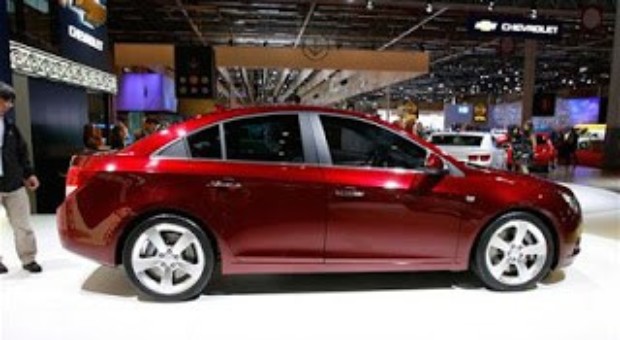
Cruze’s Innovative Electrical Technology Saves Fuel
Improving fuel economy in the Chevrolet Cruze consists of many small steps, including reducing the energy consumed by the alternator to help make the engine run more efficiently.
Officially, it is a patented General Motors technology called Regulated Voltage Control or RVC.
“We estimate RVC improves fuel economy on the Cruze by up to 1.5 percent,” said Doug Dickson, an electrical engineering specialist with the GM Global Energy Center. “To a Cruze customer, RVC enables them to get more than eight additional miles of range on every tank of fuel.”
With RVC, the power that runs from the alternator to the battery is reduced from 14 volts to 12.8 volts under normal driving conditions. This allows the alternator to focus the power on the vehicle’s electrical loads and avoid charging the battery with current it doesn’t need.
When the voltage to the battery is reduced, the demand on the alternator is reduced. That in turn reduces the alternator’s pull on the engine, allowing the engine to run more efficiently.
With the engine running more efficiently, fuel economy is improved.
When the battery is in a high state of charge, regulated voltage control extends to supplying some of the power to handle the load created by vehicle electronics, such as the radio.
The sharing further reduces the electrical demands on the alternator and the engine helping to gain further engine efficiencies.
When the battery charge drops below a pre-determined level, the alternator automatically knows to route the necessary voltage to recharge the battery. This regenerative recharging automatically occurs when the vehicle is decelerating. So even though the battery is handling more of the vehicle’s electrical load, it will remain at a high state of charge.
“Engineers left no stone unturned when it came to implementing fuel saving technologies on the Cruze,” Dickson said. “Fuel economy is becoming a greater factor in purchasing decisions.” wrote General Motors.





















